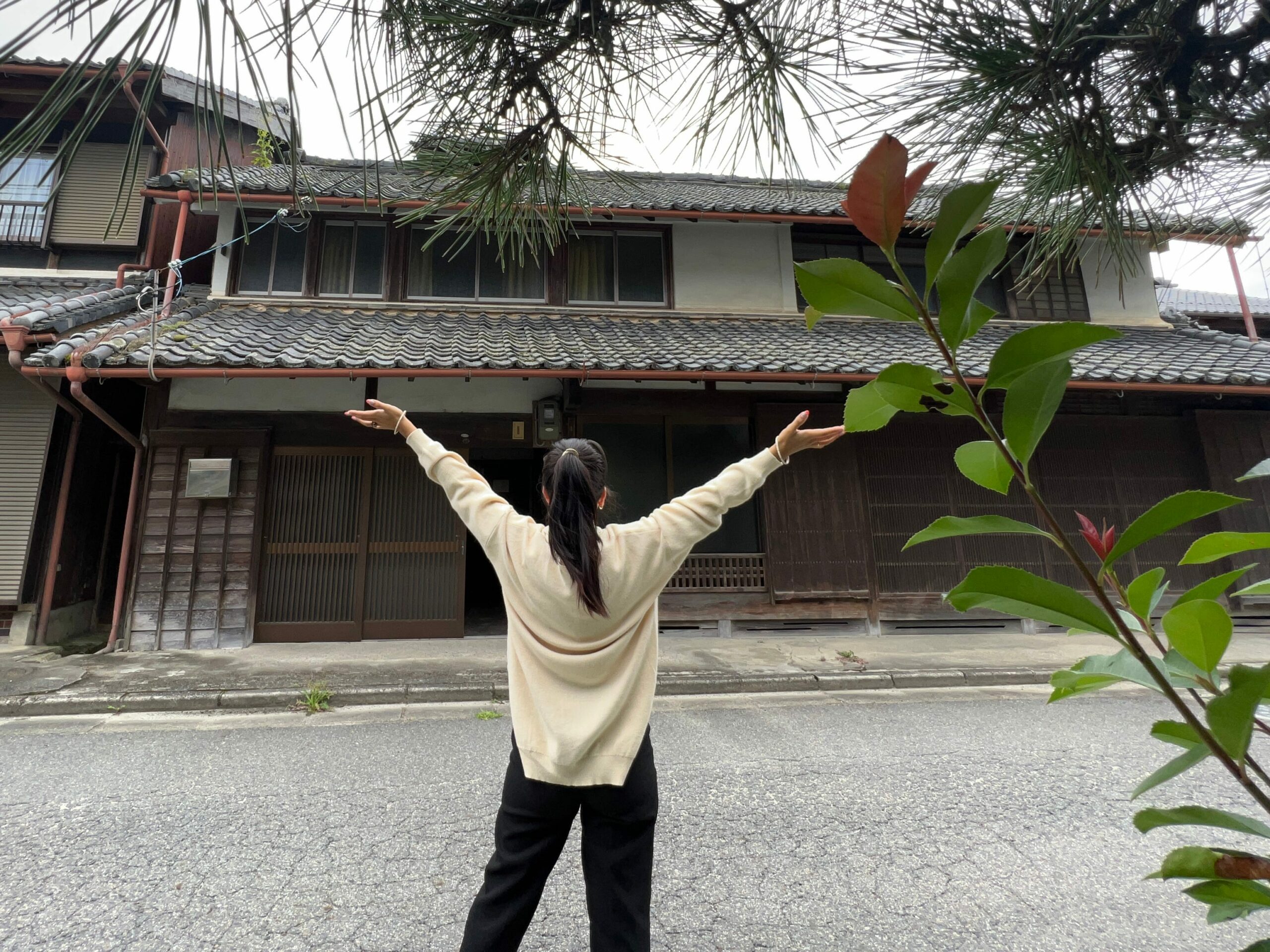A Journey to a Traditional Japanese Home
Coline Aguirre’s dream of owning a traditional house in the Japanese countryside began during a high school exchange program a decade ago. Born in Paris, she moved around a lot as a child and spent a year studying in Kanagawa, a prefecture about 40 miles outside Tokyo. During a visit to her host family’s grandparents in the countryside, she discovered that they lived in a traditional Japanese house built in the ’70s, with elegant wooden beams and beautiful tatami rooms. That was the first time she slept in a tatami room, and it sparked an enduring love for traditional homes.
A New Path in Life
Fast forward to 2021, when Aguirre was back in France working as a freelance photographer. She and her mother had always enjoyed scrolling through real-estate websites and window-shopping for homes. During this time, she noticed the stark contrast between property prices in France and Japan. In France, a countryside home could easily cost 200,000 euros, while some houses in rural Japan could go for as low as $500. This realization led her to think about the possibilities of buying a traditional house in Japan.
Her criteria were clear: a house that was at least a hundred years old. She wanted an old house because she believed they were built with materials meant to last. When she came across a listing for a 3,200-square-foot property in Uda, a small town about 50 miles south of Kyoto, she knew she had found her dream home. It matched all her expectations—huge, with an inner garden, two bathrooms, two kitchens, and plenty of bedrooms.
The Purchase and Move
With the help of a real-estate consultant who sent her a 20-minute video tour of the listing, Aguirre bought the two-story house remotely without seeing it in person. She paid about 4.9 million Japanese yen for the property in 2022, and at the age of 24, she achieved her dream of owning a traditional house in the Japanese countryside. Her husband, who is in the French Army, had known about her plan since they started dating eight years ago. He supported her decision, and she officially moved to Japan alone later that year.
Restoring the Property
Aguirre’s house sits on a street where the old market used to be. The street reminds her of Kyoto, with its shops and old houses. When her house was first built in the 1920s, the front section facing the street served as a soy sauce shop. Before she bought it, the previous owners had used it as a summer home whenever they visited from the city during the holidays.
In terms of restoring the property, Aguirre has tried to keep as much of the original structure as possible. The main change she has made so far is getting rid of the septic tank and connecting the property to the public sewage system. She hasn’t really destroyed many things besides everything that was added during the ’70s. There’s still plenty left to do, including remodeling the kitchen and removing the fake ceilings on the second floor.
Living the Dream
Aguirre is part of a growing wave of foreigners relocating to Japan. The number of foreign residents reached a record high in 2024, with many citing safety standards and affordability as reasons for their move. Others are drawn to the idea of renovating one of the country’s 8 million abandoned homes.
Though the experience has been rewarding, Aguirre says the hardest part of her move was staying focused on her goals. It is challenging to own a big house that needs constant attention while also starting a business from zero in a new country with a new language. She hopes to improve her Japanese language skills but hasn’t found the time to take lessons yet.
Building a Community
Most of her neighbors are between 50 and 90 years old and have been living in the area for decades. Many of them once attended the local elementary school, which has since been transformed into a maple park. Meeting new people hasn’t been difficult, as there is a fairly large group of foreigners—mostly from the US and the UK—living in Uda. When she goes grocery shopping, she often sees someone else who is a foreigner and talks to them because it’s so rare.
Aguirre lives in her house full-time, and her husband comes to visit whenever he can. Regarding what is often a long-distance relationship, she said, “It’s challenging, but I mean, he said yes eight years ago.”
Looking Ahead
Looking back on her journey, Aguirre says it feels like she’s only begun to scratch the surface. Three years is just a trial, she said. Sometimes, you’ll need to wait for the thrill of the move to die down before you know if it’s really for you. That said, Aguirre knows she made the right choice. She hopes to continue growing her real estate business, now a team of three, and eventually connect traditional Japanese homes with buyers seeking homes and spaces for their creative projects.
“It still feels like a dream,” Aguirre said. “I just added more layers to my dream.”



